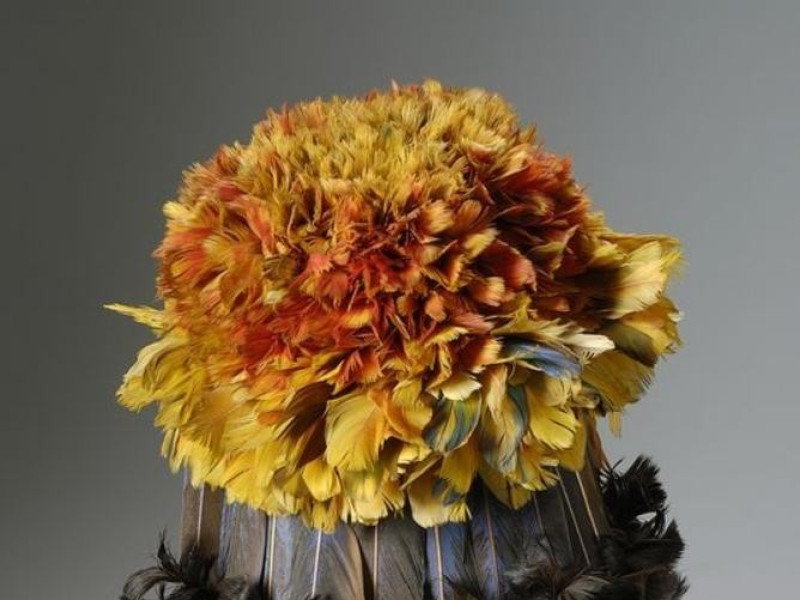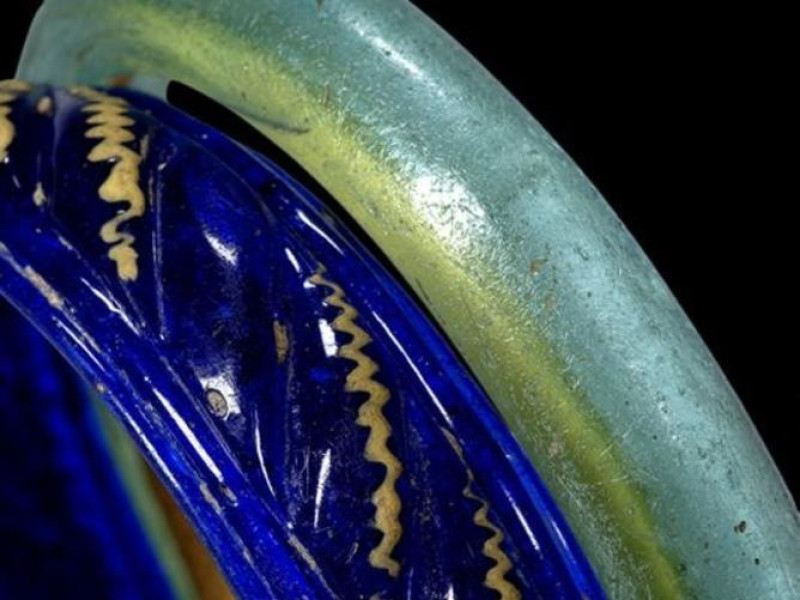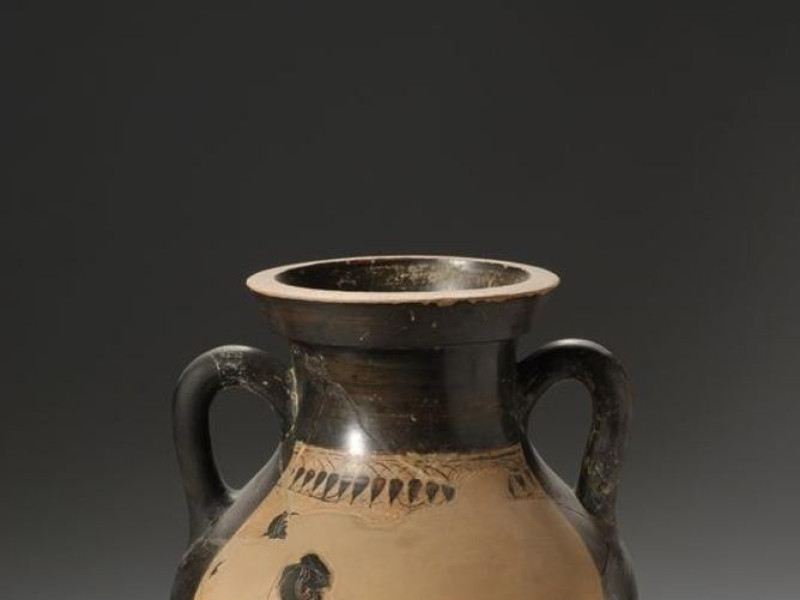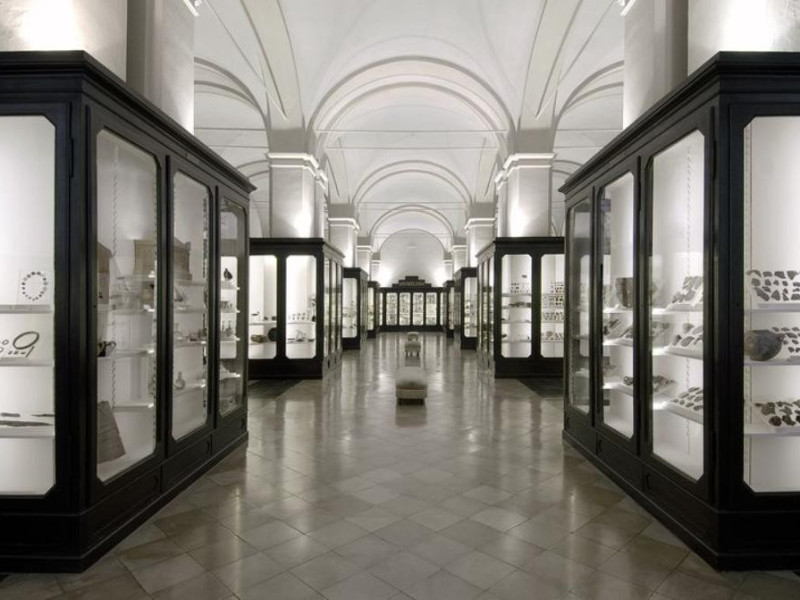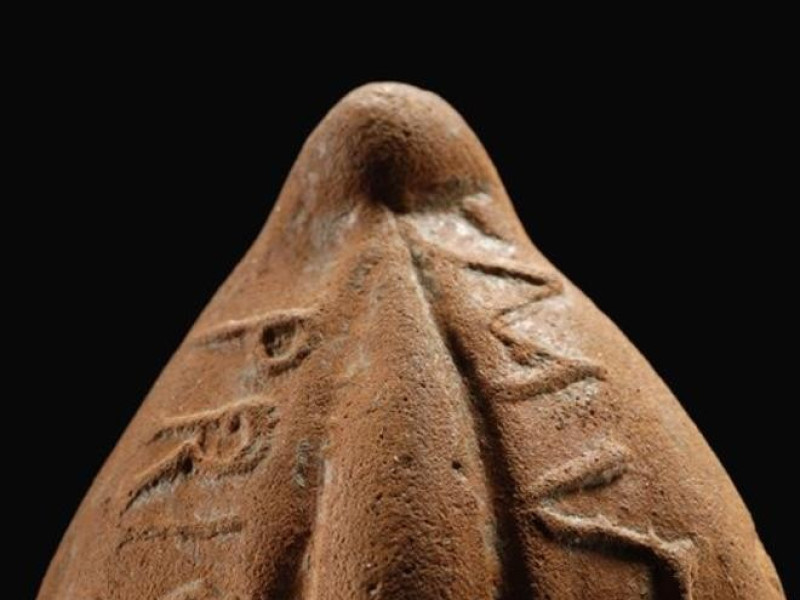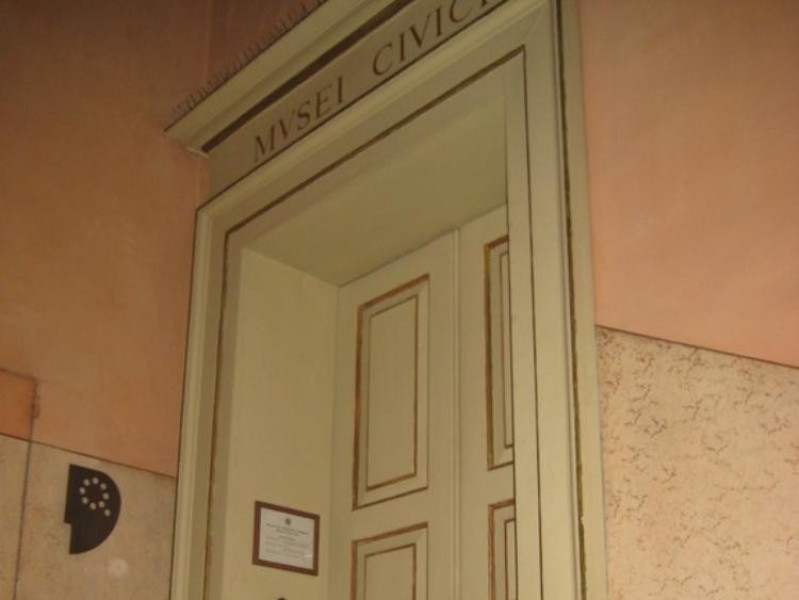Museo civico archeologico etnologico di Modena
The Museum houses a rich documentation of the historical development and the dynamics of population of the city and its area from Prehistory to the Middle Ages. The birth of the museum, in 1871, is linked directly to the intense cultural and political debate on the subject of Prehistoric research and the institution of the Civic Museums as places for the preservation of the town in the scenario of profound change, in the years immediately post unit. Even the ethnological section, with its exhibits of non-European origin, is linked closely to the genesis of the museum and the affirmation of comparative anthropological theories, which have given large contribution to the emerging discipline of palethnology. Closely related is the Roman Lapidary, located in the west courtyard of the Palace Museum, which with its monuments, mostly coming from large urban necropolis extended along the main road, it can expand the wealth of knowledge on the demographic and social fabric of the Roman city. The first nucleus of the museum collections is due to the research conducted in the second half of the nineteenth century by John Canestrini, Charles Boni, Francesco Coppi and Arsenio Crespellani on the remains of Earthsea, inhabited protected embankment and ditch widespread in the central Po Valley during the Bronze Age, and the recent average. To these were added after the numerous materials recovered by the archaeologist Ferdinando Modena Malavolti, especially on the plateau of Pescale and Fornaci Carani, and important examples of recent excavations in the city and the territory. The exhibition, presented again in 1990 in respect of the original arrangement nineteenth century, describes a chronological path that allows you to follow the path of the historic city and the territory: from stone artefacts from the Palaeolithic to the Neolithic pottery, first found in Fiorano, from fine exhibits bronze terramara (Gorzano, Montale, Gaggio) to kits Villanovan tombs scattered in various parts of the territory (Savignano, Bazzano, Castelfranco, Nonantola), from the Etruscan necropolis of Galassina precious furnishings of the Roman "Domus of Mutina" and kits from Lombard tombs. The ethnological section consists of materials of different geographical areas, that in many cases testify lost cultures or endangered. The current arrangement of the collections respects the original nineteenth-century division by geographical areas: New Guinea, South America, Africa, Asia and Pre-Columbian Peru, recalling the season of the great expeditions and figures of scholars and researchers who have contributed to the knowledge of new lands and other cultures. The Roman Lapidary, housed on the ground floor of the Palace Museum, exhibits materials from areas outside the perimeter of the Roman city occupied in imperial necropolis monumental. Particularly relevant are the tombs discovered along the Via Emilia to the east of the city, such as the funerary altar of the centurion Clodius, the altar of Vetilia Egloge and the monument in the shape of the bow of the ship probably belonged to a high-ranking officer of the fleet of Augustus.
